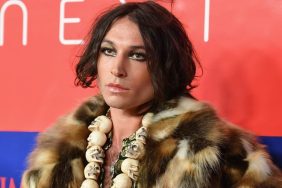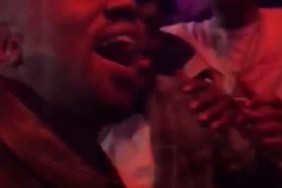Karaoke is easily one of America’s favorite pastimes. Or it’s most hated. There’s little middle ground here — you either love belting out classic songs in front of a room of friends and strangers, or can’t stand the sound that takes over your local bar every Sunday night.
While origins of singing this way — first with a live band, or a recording once technology made it available — span back to the earliest traditions of communal singing, karaoke was born more directly from early 1960s sing-along TV programs. Shows such as NBC’s Sing Along with Mitch, with host Mitch Miller and a chorus superimposed lyrics to songs at the bottom of TV screens for at-home audience participation. Of course, the main difference between the activities here is that in karaoke, you don’t have a lead vocalist like Miller leading the way — that’s key to some of the excitement.
Karaoke’s true origin comes a decade in Japan. Though the first inventor is disputed, musician Daisuke Inoue is widely credited for creating the first to create a machine akin to those we know today. The story goes, Inoue was often asked at performances for recordings of his songs so people could sing along at home. As it was common to provide musical entertainment during dinners or at parties in Japan, he saw an opportunity here and made a tape recorder like machine that would play songs for 100 yen each. It was called karaoke (カラオケ), blending the two words “kara” (which means empty) and “oke” (short for orchestra).

Soon, these devises started populating hotels and bars. It translated to “karaoke boxes” eventually around Asia, where people could perform in private rooms. In 1982, the first karaoke bar in America opened — the now closed Dimples in Burbank, Calif. — and eventually the activity’s popularity grew across America and other Western countries, boosted by the popularization of home theater systems, which included karaoke capabilities.
There is the communal aspect to karaoke that makes it appealing, sure. But it comes as much in the success of singing a song well, as it does in the embarrassment of butchering it. Unity over our skills and, more often, deficiencies is a unique and beautiful thing. Whether you like to hear it is another thing all together.
Of course, common folk aren’t the only ones who enjoy a good karaoke sing-along. Here are 6 celebrities doing their best singing the hits, with mixed results:
Usher singing the Jackson 5’s “I’ll Be There”
Sting singing Fine Young Cannibals’ “She Drives Me Crazy”
Kelly Clarkson singing The B-52’s ‘Love Shack’ with 10-year-old fan
Kid ‘n’ Play singing Backstreet Boys’ “I Want It That Way”
Kathy Griffin singing Rihanna’s “S&M”
Vin Diesel singing Maroon 5’s “My Heart Is Open”








